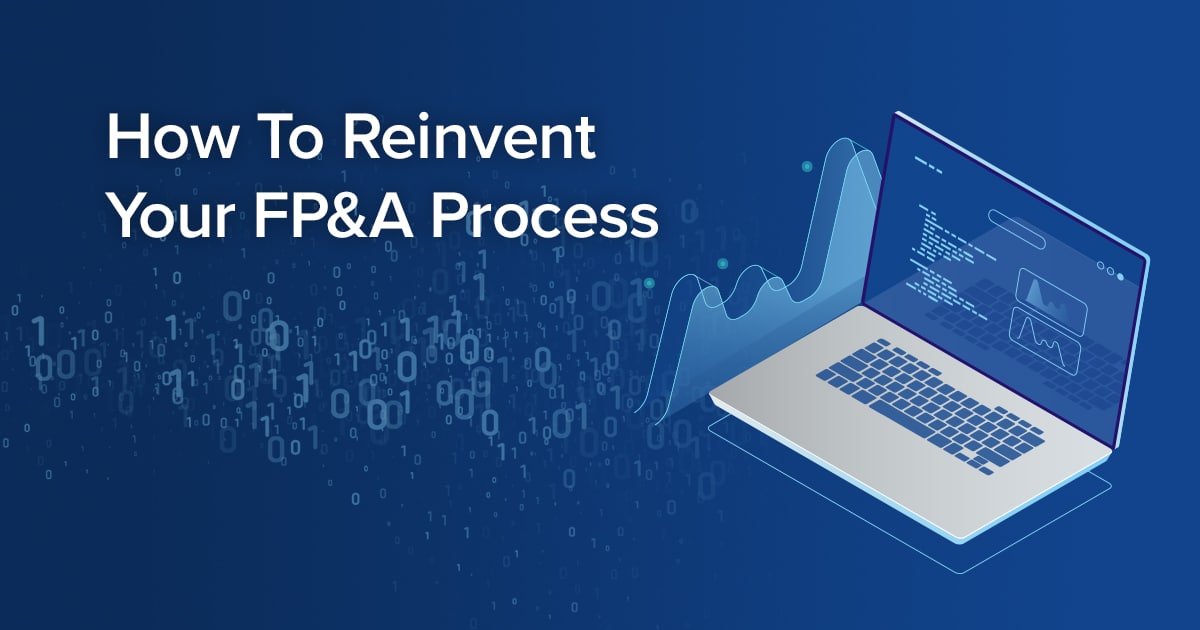
How To Reinvent Your FP&A Process
There has been a lot of talk about changing FP&A processes yet little real action in this area. Budgeting? How many do zero-based budgeting or pure beyond budgeting? Most are stuck doing the traditional one-year budget and five-year plan. Analysis? Wishful thinking. Are you doing what-if scenarios or Monte Carlo simulations or simply just plotting your data in a time series into a graph and showing it to your stakeholders?
We can’t forget about financials. Financials are essential but so are non-financials for getting to the real story behind the numbers. Do your processes support any of what you should be doing or are you one of those FP&A departments that in the words of Steve Player needs to “stop doing dumb stuff!”
The reality is most FP&A departments have a lot of change ahead of them when it comes to process improvement but even more important, process creation. What’s meant by process creation? Simply that in the future you need to do a lot of things you’re not doing today, and you need to create processes for that.
What do I need to do?
There are two aspects to this. The “what” of FP&A which we defined in the other posts in this blog series and the future mindset of FP&A professionals which we defined here. That provides a nice foundation which you can build your future FP&A processes around.
Advice from other FP&A practitioners
To validate this way of thinking about FP&A processes I asked four practitioners from across the world on their immediate impressions of this model and if it works for them.
Ashish Pareek, Senior Direction at Accordion Partners:
There is an ever-increasing demand for FP&A to add value, be a trusted advisor to the business and share an unbiased view of performance. The FP&A department plays a critical role and it’s imperative that their processes are optimized and geared to deliver value.
This is a great framework to think about the FP&A processes and works well whether you’re taking-on a new FP&A role or want to move your FP&A department from ‘Reporting to Driving’ and get a seat at the leadership table in the business.
Here are some of my learnings:
Curiosity- Develop a deep understanding of the business model, drivers, goals, KPI’s and financials. This will help you understand and explain performance better and be a step in the direction of being a trusted advisor.
- Courageous: Ask those bold questions on performance and how to improve. Lay out trends/analysis based on numbers (facts) and leverage them to drive decisions.
- Crystal Ball: Develop an integrated budgeting and forecasting process so you can move from data gathering/reporting to insights/analysis.
- Clarity: Focus your energy and analysis on solving the pain points for the business. Keep your analysis and insights simple for business leaders to understand.
Gregory Kramer, Consultant at CLA CAST:
Couldn’t agree more! Love the idea of “stop doing dumb stuff!” With the speed that the world is moving at in 2019, companies that do not weed out the dumb stuff will find themselves surpassed by their more nimble, smarter competitors.
Sagar Parikh, FP&A Lead, South Asia at Nielsen:
“An organization’s ability to learn, and translate that learning into action rapidly, is the ultimate competitive advantage – Jack Welch.”
Nothing better than this quote can describe FP&A’s core objective towards the business. The finance function is closest to all measurable outcomes and, FP&A is best positioned to help drive an outcome based organizational strategy.
To outperform in this role focus is critical, and FP&A should:
- spend less time on number reporting, instead look at key metrics [Curious]
- focus on the future and not on the past [Curious]
- drive fact-based decision making [Curious]
- be passionate about problem solving [Curious]
- engage with the business [Curious]
- be the eyes and ears of the company and see the invisible [Crystal Ball]
- be able to separate relevant from non-relevant information [Clarity]
- monitor progress against strategy and challenge the business [Courage]
The right investments in technology, people and reporting process is imperative for the FP&A department to succeed. A core reporting team, within FP&A, can focus on standardized reporting through automation.
Will this framework work for you?
It’s clear that the framework hit the bullseye for these practitioners to transform FP&A processes to something that helps fulfill the CFO’s ambitions with the department. Of course, to do this in practice you will need to get more granular and look at your individual processes and maybe use some of the more traditional process transformation tools. However, you cannot lose sight of the overall objective. The question is does this framework work for you too to transform FP&A?
Take one of your processes (budgeting or forecasting would be the obvious choice). Review this process using above framework and then come back and share with us whether you think it’s fit for purpose when it comes to the future of FP&A. Follow Jedox on LinkedIn and join the conversation.



